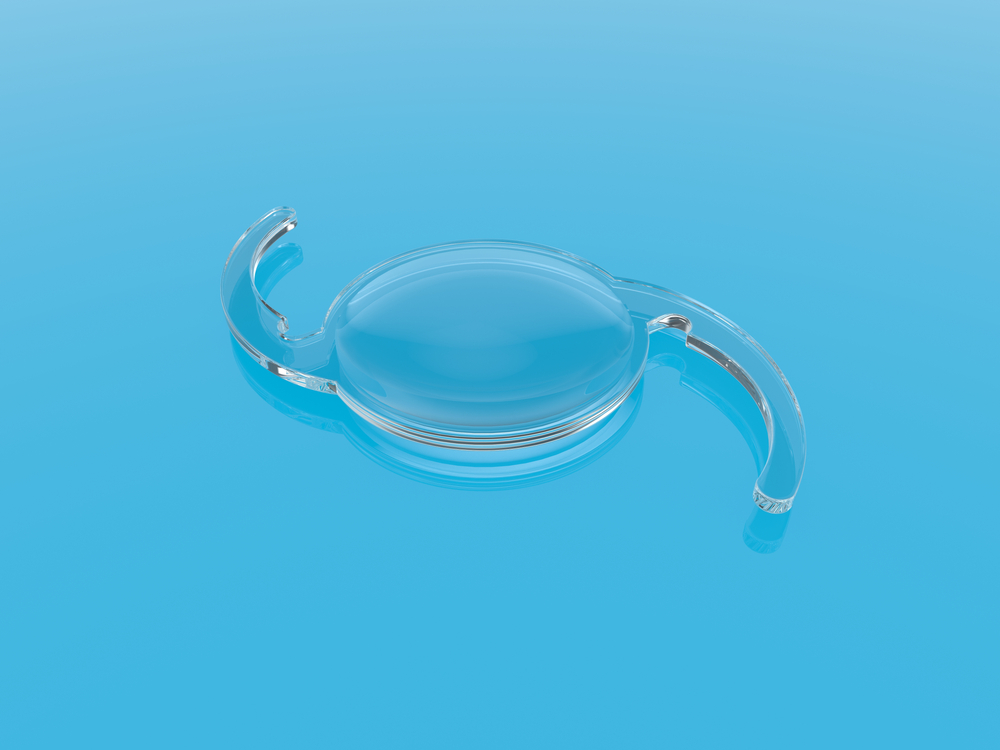6 Signs It's Time for Cataract Surgery
November 15, 2023
 At some point in life, you will develop cataracts. Since cataracts are a natural part of the aging process within the eye, everyone will experience them at some point.
At some point in life, you will develop cataracts. Since cataracts are a natural part of the aging process within the eye, everyone will experience them at some point.
Vision affected by cataracts can be easily restored with cataract surgery. However, many people do not need this procedure when first diagnosed.
When you first develop cataracts, they will be small and cause minimal visual symptoms. Over time, they will mature and likely significantly affect your life.
Keep reading to learn more about cataracts, including six signs it's time for cataract surgery!
What Are Cataracts?
Cataracts form inside the natural lenses inside of your eyes. They are made from proteins that already exist in the structure of your lens.
Typically, these proteins are arranged perfectly, aligning so that light can enter your eye uninterrupted. However, as the proteins begin to break down and clump together, the lens becomes cloudy and hardened.
This is when you develop a cataract. As the clumps of proteins grow and darken, they will begin to affect your vision.
While blurry vision is to be expected with cataracts, some of the other symptoms associated with cataracts can be surprising. Although cataracts can significantly impact your quality of life once they mature, you may not need to treat your cataracts until the following symptoms begin to noticeably affect your life.
1. Blurry Vision
As your cataracts grow and begin to block light, less and less of it will reach the light-sensitive retina at the back of your eyes. Without access to enough light, clear vision becomes more difficult for your eyes to accomplish.
As a result, your vision will gradually become more blurry and dark.
2. Halos and Starbursts
Cataracts don’t just block light from entering your eyes. They also change the way light is entering your eyes.
In many cases, the cloudiness of the cataracts distorts the light within your eye. This can cause rings of light to form around light sources, known as halos.
They can also create starbursts in your vision, causing light sources to produce distracting rays of light.
 3. Double Vision
3. Double Vision
Occasionally, cataracts will cause you to see double. This happens when the light scattered around your eye, causing multiple images to appear.
These images are not complete and will only happen in one eye.
4. Trouble Reading Fine Print
For many people, cataracts will make it difficult to read small lettering. This task will be especially difficult to see at night or in dim lighting environments, like a dark restaurant.
Since cataracts create a barrier between light and the retina, you may find yourself needing more light around you to compensate.
5. Frequently Changing Prescriptions
Your eyes may need new prescription lenses for a variety of reasons. However, if there is a steady decline in your quality of sight, cataracts could be the reason.
Instead of changing out your lenses every few months, it may be time to restore your vision through cataract surgery.
6. Loss of Color Contrast
Cataracts also affect the color of the light that enters your eyes. Cataracts themselves take on a yellow and brown color.
They pass that hue onto your vision. This dilutes the color contrast in your vision.
You may begin to notice scenery that was once vibrant has become dull and muddy.
Do You Think You May be Suffering From Cataracts?
How Do You Get Rid of Cataracts?
Cataracts can only be treated with cataract surgery. Luckily, cataract surgery is very effective and is one of the most common procedures in the world.
Since cataracts are part of the lens, the entire lens is removed during the procedure. However, you need a lens in order to see.
During cataract surgery, after breaking apart the lens and removing the tiny pieces, your cataract surgeon will insert an intraocular lens, also known as an IOL, to take its place. The lens is placed behind the pupil and is used to adjust the focus of light for your vision.
Without it, sight is simply not possible. IOLs are made from long-lasting materials, so they can continue to enhance your vision for the rest of your life after the procedure.
Not all IOLs are the same, though. Your eye doctor will help you determine which IOL is best for you, depending on your vision goals and lifestyle.
Standard IOLs or Premium IOLs?
 IOLs typically come in two broader categories: standard and premium. Premium IOLs are more expensive but offer more for your vision.
IOLs typically come in two broader categories: standard and premium. Premium IOLs are more expensive but offer more for your vision.
They can allow you to experience greater visual freedom by reducing your dependence on visual aids. While standard IOLs are better for a budget, you will need to wear glasses after cataract surgery for certain activities.
Standard IOLs can only correct your vision for near vision or distant vision. Premium IOLs, on the other hand, can correct for more than one range of vision.
To find out what lens may be best for you and to determine whether it's time for cataract surgery, it's important to schedule a cataract evaluation with your eye doctor at Carroll Vision Center. They will help guide you in determining the best path to restoring your vision and improving your quality of life.
Are you experiencing symptoms of cataracts? Schedule a cataract evaluation at Carroll Vision Center in Westminster, MD, today!



